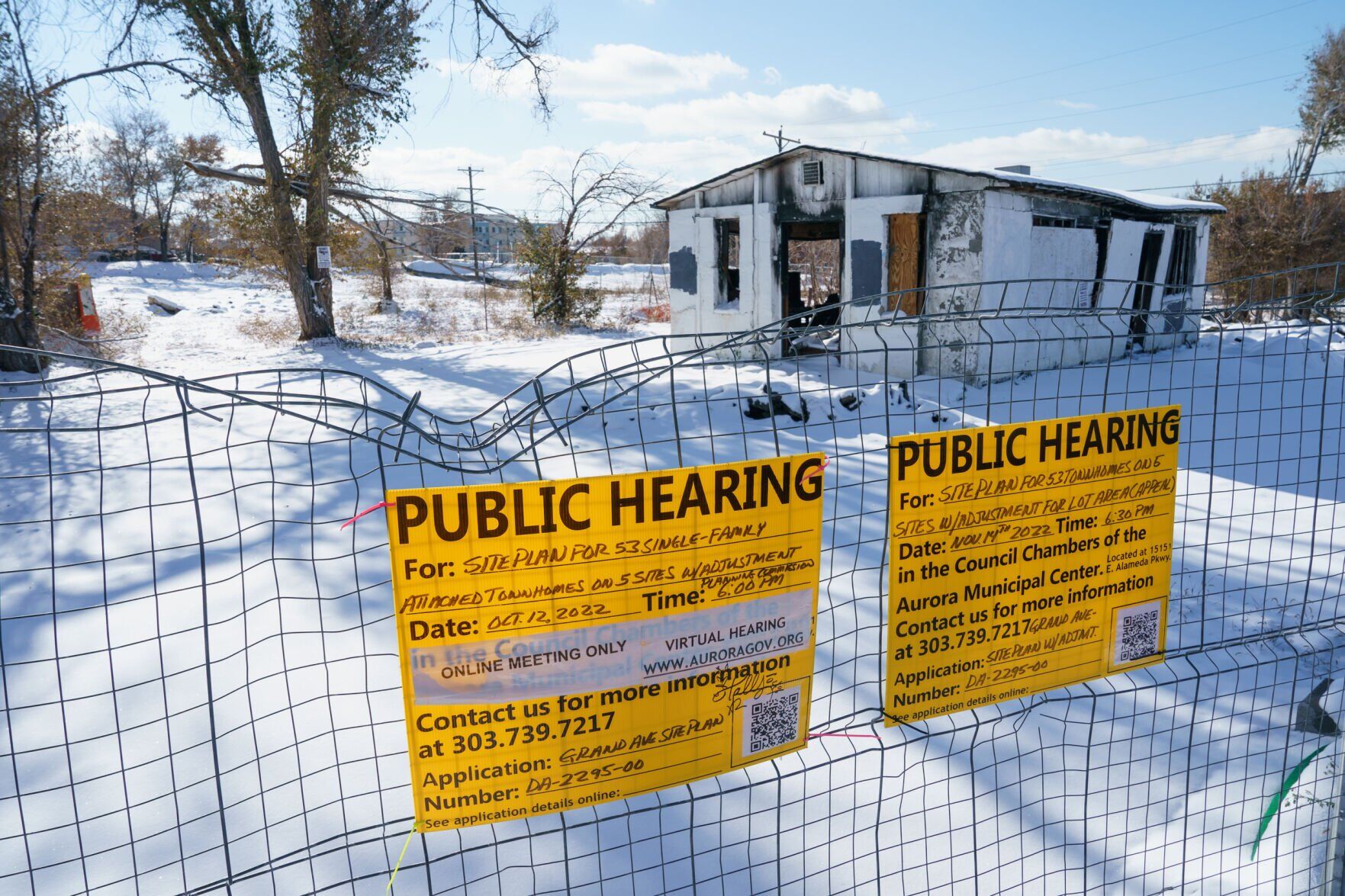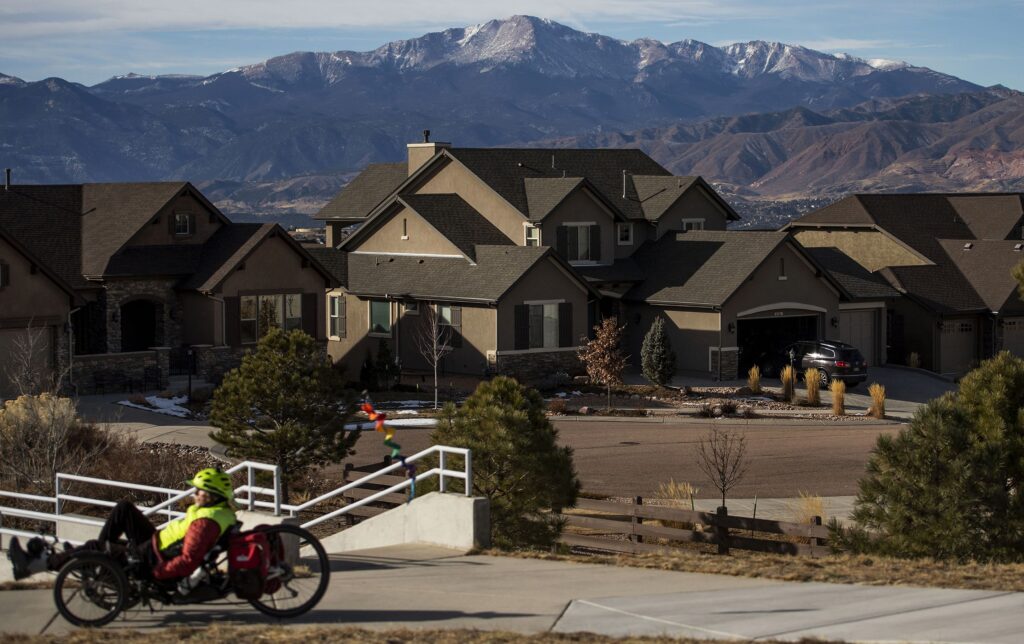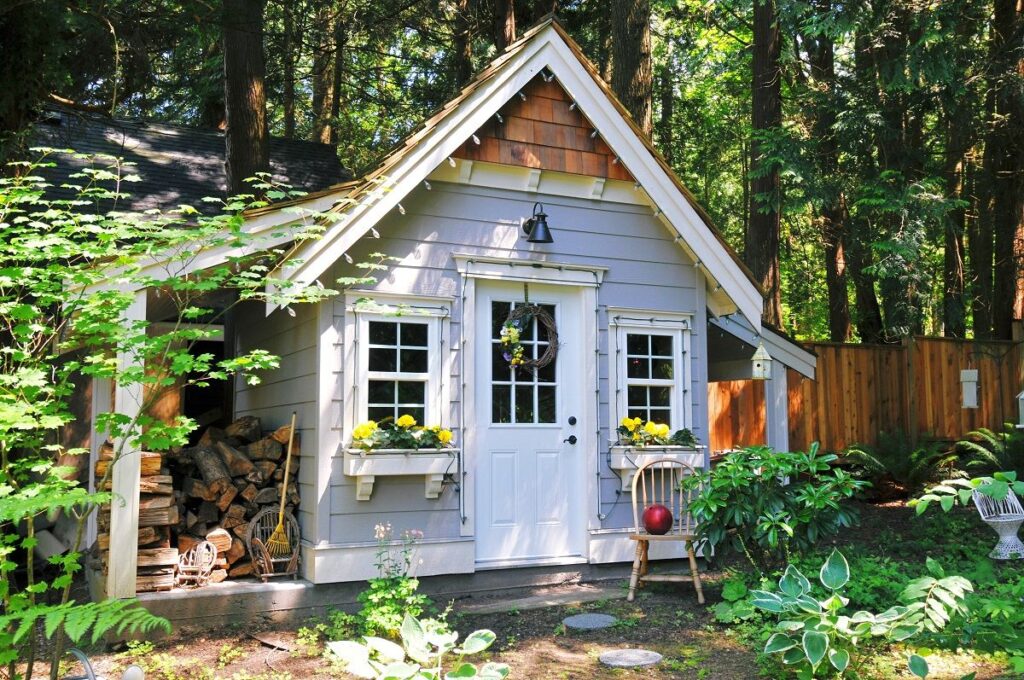Aurora’s plan to build affordable housing will net Prop. 123 funds

Aurora’s plan to build nearly 2,000 affordable housing units over the next three years will make it eligible to get state funding through a voter-approved program that will funnel hundreds of millions of dollars per year into new housing across the state.
Aurora – and other municipalities – must commit to increasing their affordable housing inventory by 3% annually over three years to receive funding under Proposition 123, which voters passed last year.
For Aurora, that means agreeing to add 550 units per year until 2026. By then, the city told the state, it will have added 1,650 new, affordable housing units.
“We know that affordable housing is not a unique issue to Aurora,” said Jessica Prosser, Aurora’s housing and community services director. “But at a local level, the financial resources from Proposition 123 will be incredibly important in helping close the gap of affordable housing units in Aurora.”
Aurora’s decision to participate in the housing program is a boost to Proposition 123, which aims to deliver 170,000 new affordable housing units in the next 20 years.
The measure’s funding comes from 1/10 of 1% of the state’s general fund. Estimated at about $300 million per year, the revenue comes out of the Taxpayer’s Bill of Rights refund.
A significant portion of Proposition 123 money is earmarked for local governments. Specifically, between $26 million and $43.5 million will go toward providing grants to local governments and loans to nonprofits each year to help buy land for affordable housing development.
In addition, Proposition 123 allocates nearly $6 million each year for local governments to support planning departments in processing land use, permit and zoning applications for housing projects.
The buy-in of local governments is key to successfully implementing the measure’s goals, an analysis from a Colorado think tank said last year. Indeed, the proposal will only be as successful as the number of local governments that participate in it, the Common Sense Institute concluded in its report.
Aurora officials announced Monday that the state approved its application. The city vowed to provide affordable housing units at accessible places, near transit stations and close to job centers, as well in locations with a variety of transit options.
“This will have the effect of deconcentrating affordable housing in only certain areas of the city,” Aurora told the state.
The city also promised to increase its housing inventory “across the price spectrum,” aimed at accommodating the projected employment growth in Aurora over the next few years.
The specific funding Aurora will get from Proposition 123 depends on additional applications it turns in to the Colorado Department of Local Affairs and the Governor’s Office of Economic Development and International Trade, the city noted.
Like other metro cities, Aurora is grappling with a shortage of affordable housing.
The Common Sense Institute described the situation in stark terms in its 2022 report: “Good luck trying to find an affordable home in Colorado, be it for rent or for sale; they simply do not exist.”
More recently, the group said affordability of purchasing a home in the metro Denver area remains near record lows and that, in the past 11 years, the cost of buying an average-priced home increased by 112%, with a large part of that hike occurring just over the last three years.
For Adams, Arapahoe and Douglas counties – Aurora is located in all three – housing affordability decreased anywhere from 99% to 126%. The May 2023 report also noted that household incomes have failed to keep pace with rising housing costs, and the expected hike in property taxes for Colorado’s most populous counties will increase 35% on average.
Aurora and other metro cities have hunkered down to increase their affordable housing inventory against this dire backdrop.
Aurora, in particular, faces a unique situation. Its population grew from about 11,400 residents in 1950 to more 386,000 residents today, making it the third most populous city in Colorado and second biggest in the Denver metro area.
Such explosive growth strains the housing inventory. The city noted that its growth has pushed rents and home prices higher each year, with the median renter income increasing by 36% between 2010 and 2017 and home values soaring by 71% over the same period. To afford the average rent, a resident needs to earn more than $50,000, the city said.
The problem, the city added, is that as of 2017, Aurora had approximately 7,500 too few rental units for renters who earned less than $25,000 a year.
Even with its challenges, the city said it is poised to capture a larger share of workers who need affordability and proximity to major employment centers, notably the Anschutz Medical Center and Denver International Airport.
Aurora officials this week said the city has been working to allocate available resources toward closing that 7,500-unit gap.
On Monday, the city said that, since adopting its housing strategy in 2020, it has created more than 2,000 new affordable housing units, such as the most recent projects of Sapling Grove Apartments and Liberty View Apartments.









